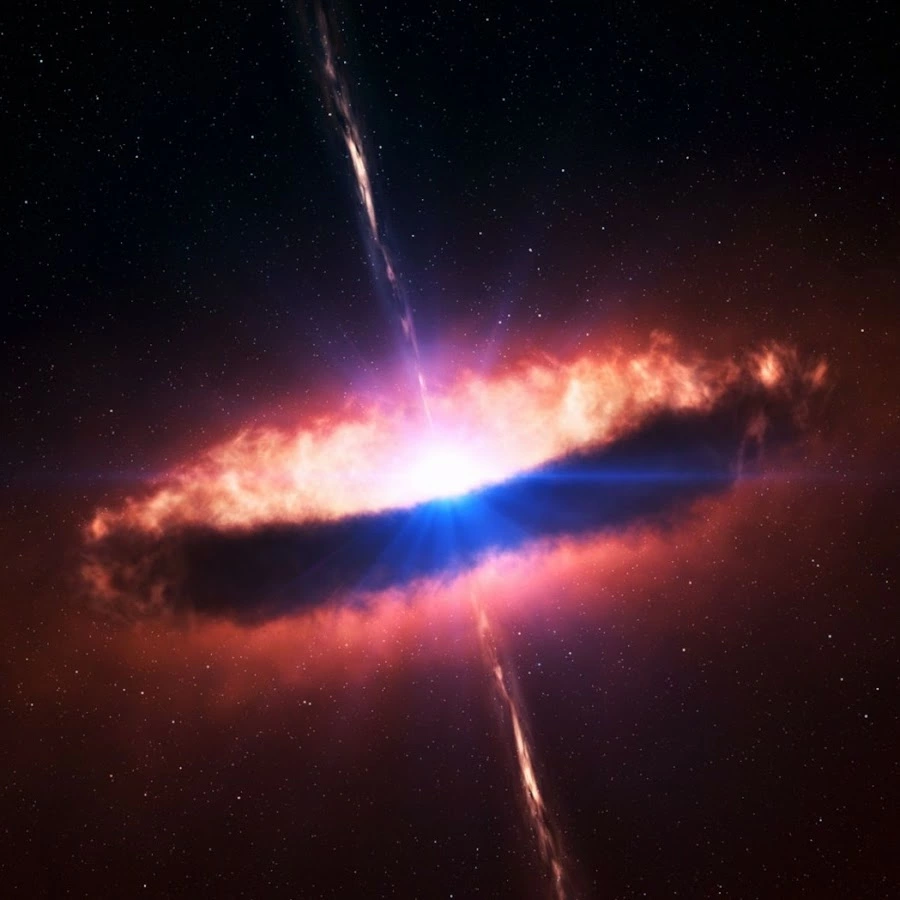Curious non-professional here.
Thought experiment that led me to the question: If we assume that at any given time there’s an extreme level of EM and gravitational waves propagating through some point within a cosmic void (a seemingly homogeneous “vacuum”): do the transient emissions form any kind of emergent field?
I understand the ever-present zero-point energy but that should be in absence of all else. I’m contemplating an emergent field formed by EM/gravitational traffic. Obviously this field is only as present or strong as the transient fields passing through this point under consideration.
Thank you.


A quasiparticle is more of a useful concept for describing the behavior of systems than it is a distinct object. In the example you cite, phonons are a convenient way of describing how vibrations are transmitted in matter. The fact that phonons are “quantized” is more accurately just emergent behavior from the system of atoms or molecules, a consequence of the fact that the atoms have quantized vibrational states.
As an analogy, consider a ripple in a pond. The ripple appears to be a real, distinct thing. You can describe it with math (as a wave) and predict its behavior. But it cannot exist separately from the water in the pond. The ripple is an emergent phenomenon in water, a quasi-object. It only exists as a collective behavior of the water molecules.
By definition quasiparticles cannot exist in a vacuum.